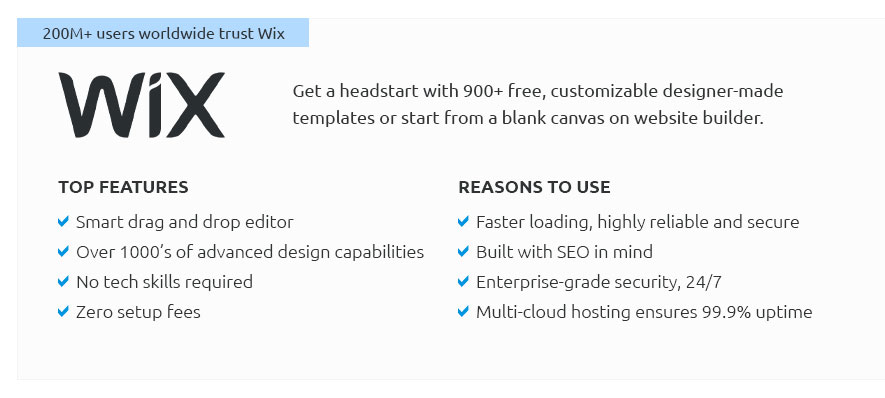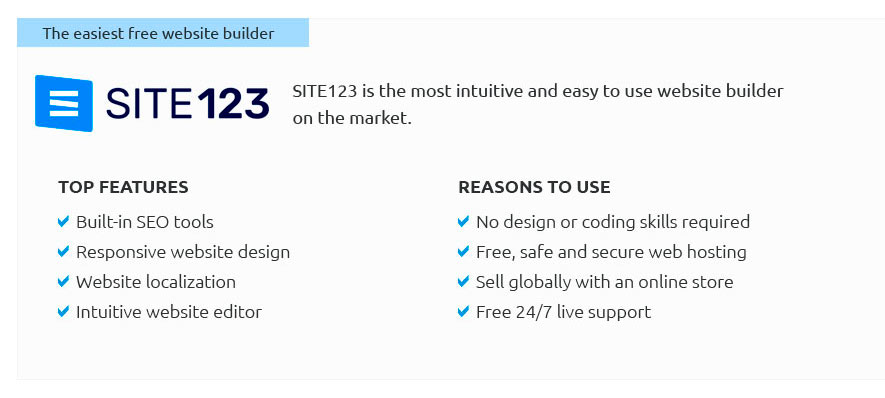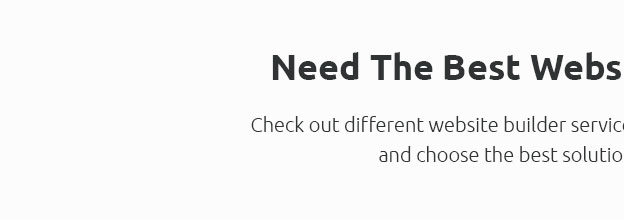 |
 |
 |
 |
|
 |
 |
 |
|
 |
|
 |
 |
|
 |
|
 |
|
 |
 |
How to Make Your Own Professional WebsiteCreating a professional website can seem daunting, but with the right guidance, even a complete beginner can achieve impressive results. In today's digital age, having an online presence is crucial for both businesses and individuals. Whether you want to showcase your portfolio, start a blog, or establish an online store, building your own website is an invaluable skill. Let’s embark on this journey together and break down the process into manageable steps. Firstly, consider the purpose of your website. Are you aiming to share your personal projects, sell products, or provide information? This fundamental decision will influence your design choices and the type of content you'll need. Once you have a clear vision, it's time to choose a domain name. This is essentially your website's address on the internet, so it should be memorable and relevant to your content. Many recommend using a .com domain if possible, as it’s widely recognized and trusted by users. Next, you’ll need to select a web hosting service. This service will store your website's files and make them accessible on the internet. There are numerous hosting options available, ranging from budget-friendly to premium services. For beginners, it's wise to start with a shared hosting plan, which is both affordable and sufficient for small to medium-sized websites. As your site grows, you can always upgrade to a more robust plan. With hosting sorted, the next step is to choose a website builder or a content management system (CMS). Popular options include WordPress, Wix, and Squarespace, each offering unique features that cater to different needs. WordPress is highly recommended for its flexibility and extensive plugin ecosystem, though it may have a steeper learning curve compared to other platforms. Once you've set up your CMS or website builder, it’s time to dive into the design phase. This is where your creativity can truly shine. Start by selecting a theme or template that aligns with your website’s purpose. Most platforms offer a variety of free and premium themes that are customizable and responsive, ensuring your site looks great on any device. Pay attention to the color scheme, typography, and layout, as these elements contribute to the overall aesthetic and user experience. Content is king, as they say, so focus on creating high-quality content that resonates with your audience. Whether you’re writing blog posts, creating product descriptions, or designing portfolio galleries, ensure your content is clear, concise, and engaging. Utilizing images and videos can also enhance your site’s appeal and keep visitors engaged. Don’t overlook the importance of search engine optimization (SEO). By optimizing your website for search engines, you increase the likelihood of appearing in search results, driving more traffic to your site. Basic SEO practices include using relevant keywords, creating descriptive meta tags, and ensuring your site loads quickly. Tools like Google Analytics can provide insights into your site’s performance and help you make data-driven decisions. Finally, ensure your website is secure and regularly updated. Implementing an SSL certificate is crucial for securing data exchanged between your site and its users, and it can also boost your site’s credibility. Regularly updating your CMS, plugins, and themes will protect your site from vulnerabilities and improve functionality. In conclusion, building a professional website is a rewarding endeavor that can open up numerous opportunities. While it may seem complex at first, breaking down the process into these key steps can make it manageable and even enjoyable. Embrace the learning curve, experiment with different tools, and don’t hesitate to seek out online resources or communities for support. With dedication and creativity, you’ll be able to craft a website that not only meets your needs but also stands out in the vast digital landscape. https://backlinko.com/how-to-create-a-website
Create a website fast: define your goal, choose a domain, pick a builder, plan, create pages,, optimize for SEO, test, and publish. https://www.wix.com/blog/how-to-build-website-from-scratch-guide
Building a website for your business, passion project or side hustle should be easy and exciting. With Wix, you can customize and launch a professional website ... https://www.reddit.com/r/web_design/comments/a7yy9n/opinion_on_godaddy_inhouse_professional_custom/
Does anyone out there have an opinion on how good of a job Godaddy does with their in-house custom web designs?
|